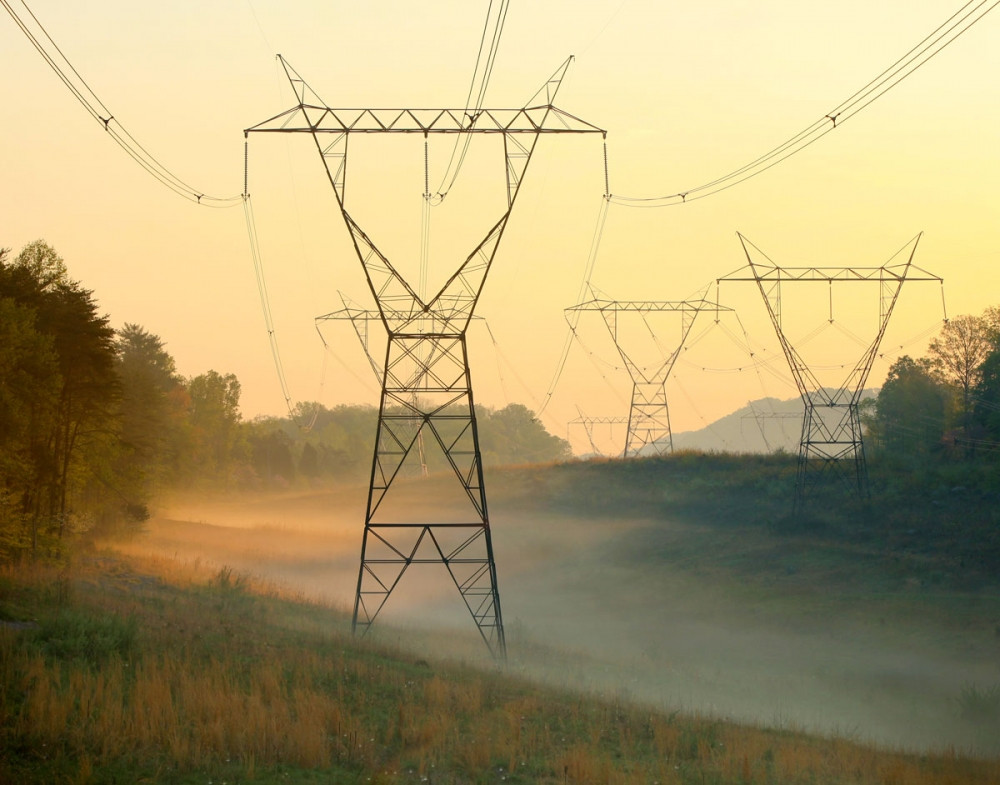The railroad system that spans our continent represents one of the most ambitious historical achievements of our nation. Our infrastructure of power utilities gradually eclipsed that incredible achievement in both scale and significance. We are the beneficiaries of over a century of ongoing investment in the distribution of electricity. This incredible asset is poised to play a major role in facilitating our transition from a fossil fuel energy based economy to a renewable energy based economy. But what that role will be remains to be seen.

In pursuit of a transition to renewable energy, the Obama administration favored the creation of large isolated wind and solar energy installations, relying on the power grid to transport the energy from those areas where such energy can be reliably created at a large scale to the rest of the country. This concept is familiar to us, as it is how we have traditionally thought about electrical power; that it is created in large industrial facilities - power plants, dams, reactors - and distributed to users across the 'grid'.
The assumption has been that we make and maintain that connection so the utility can sell us their product - electrons. We consume power, and we pay our bill.
Another scenario is quietly emerging. Electrons flow through our power meters in either direction. If we are connected to the grid and generate rather than use power, we reverse the flow not only of the electrons, but also our meter. Now, we are in effect selling electrons back to the utility company. This previously unheard of dynamic will emerge as we begin to produce architecture that generates power.
Homes, and especially offices and larger buildings, built to the Passive House standard have dramatically reduced energy needs - so minimal they will be well positioned to rely on renewable power sources unfeasible for buildings built to current mainstream standards. They will be capable of periodically generating more power than they need, at which time they will become, in effect, little distributed power plants, feeding power into the grid. When the energy needs of these buildings exceed the capacity of their renewable sources to provide, they will rely on power drawn from the grid. The utility company will increasingly become an energy bank.
When the utility company has just a few customers interacting with them this way, they will not feel a significant impact from this variation from their norm. But as we build more of these 'mini power plants' to live and work in, things will change. The existing power grid will need to be transformed into a 'smart' information-energy version of the internet. The implications for our way of life could well be as transformational as the internet has proven to have been.
For the power utilities to effectively manage and broker power dynamically flowing into and out of their power grid, both their business model and their technology will have to evolve - while they maintain uninterrupted service to traditional customers. This will be an enormous challenge for the leadership of our utility companies, as well as a likely point of heated debate about the role of public interest in their business. Consistent with their leadership in the transition to a sustainable economy, the European Union has embraced the goal of an intelligent, distributed inter-grid. The direction utilities will take in the U.S. remains to be seen.
